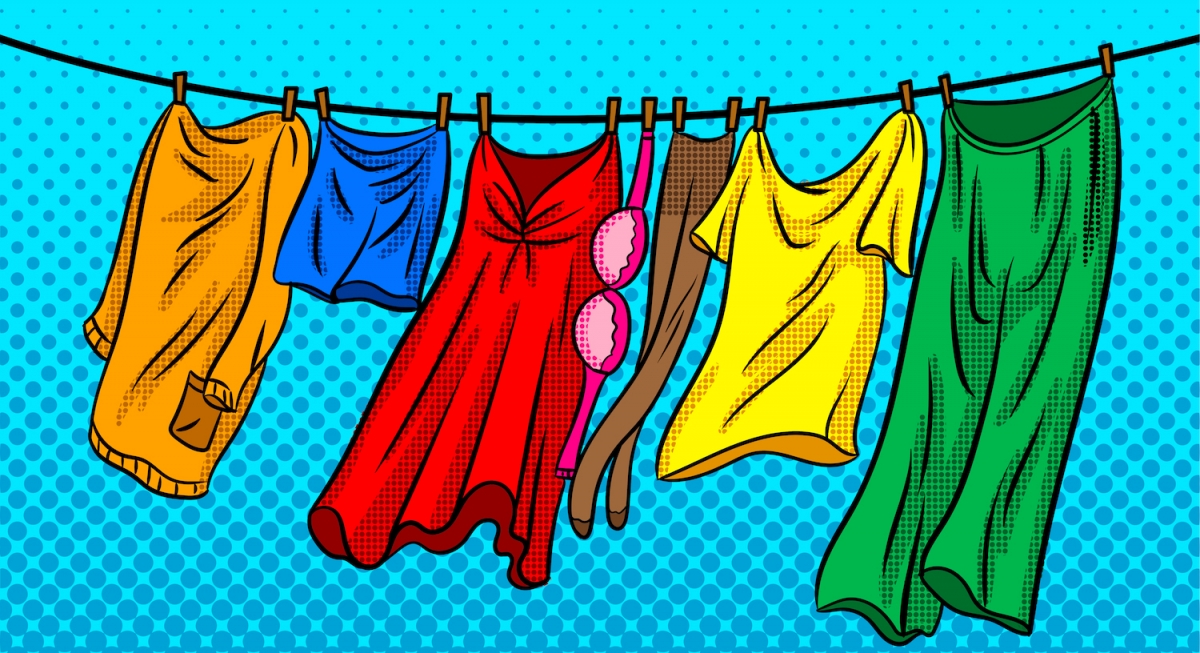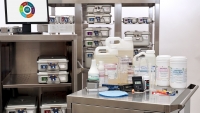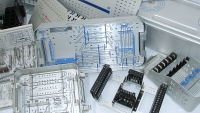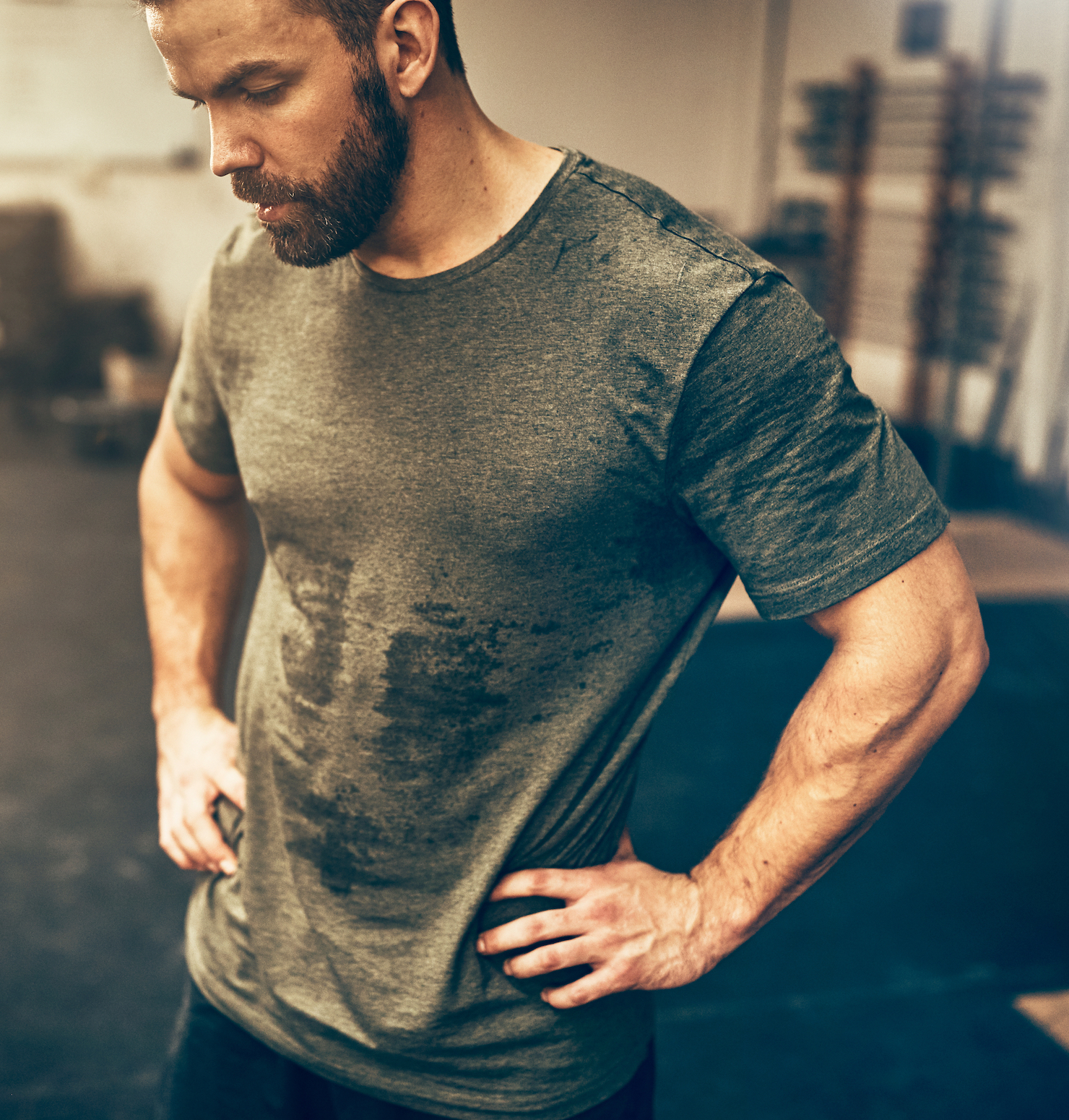
Dirty laundry
A recent online article from CNN Health asks – “How many times can you wear pajamas, jeans, and other clothes without washing them? Experts weigh in…” Turns out that the number of times it’s appropriate to wear clothing items without washing them is based more on folklore or a person’s upbringing than professional advice. The short answer — for pajamas as well as other clothes — technically depends on personal aspects such as sweat level and lifestyle, though more abstract factors may come into play, experts say. And perhaps the most obvious reason to clean is moist environments and surfaces where foodstuff and organic matter collect. How does this pertain to processing medical devices in healthcare facilities?
The dirtiest place is not what you think
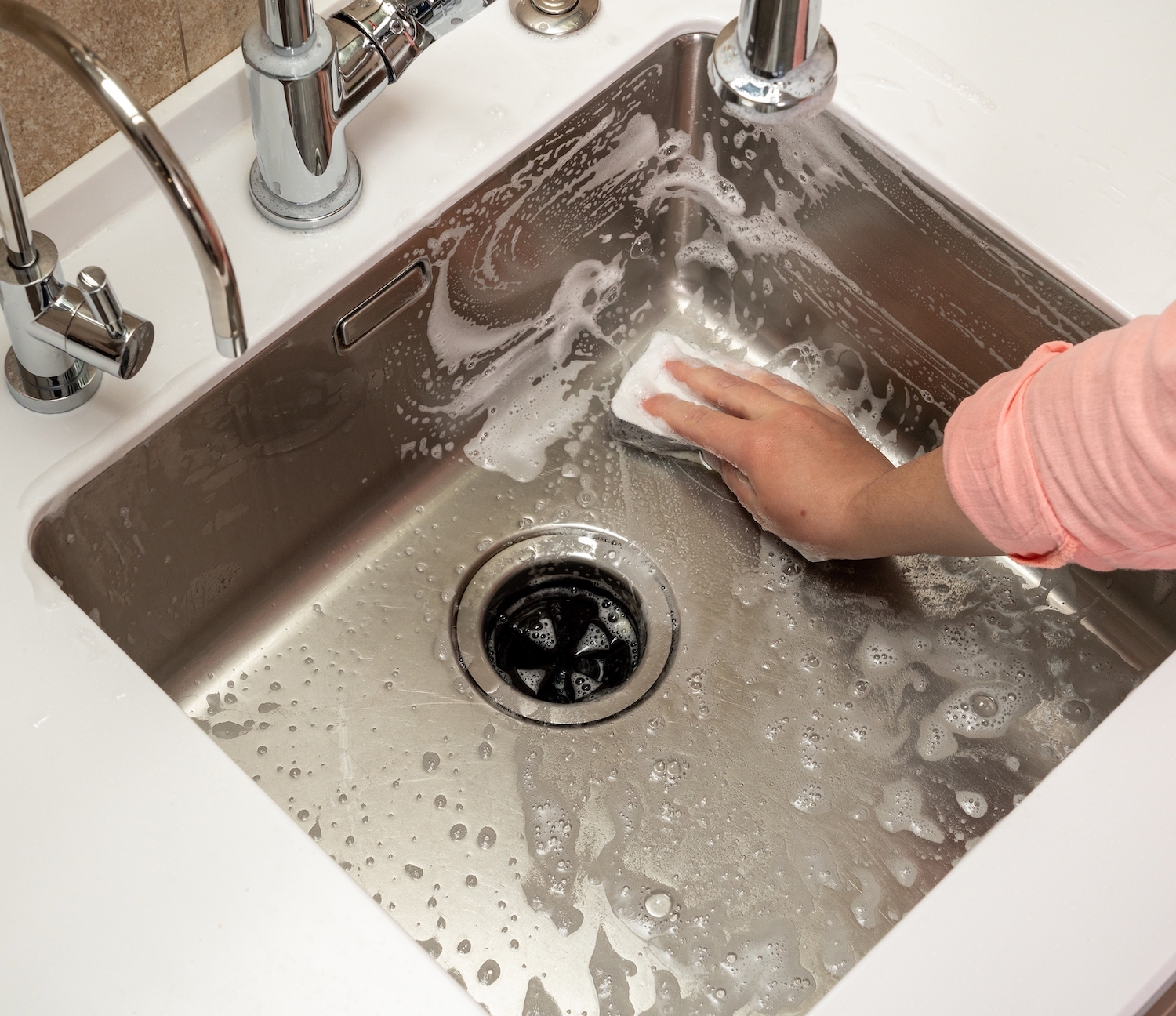
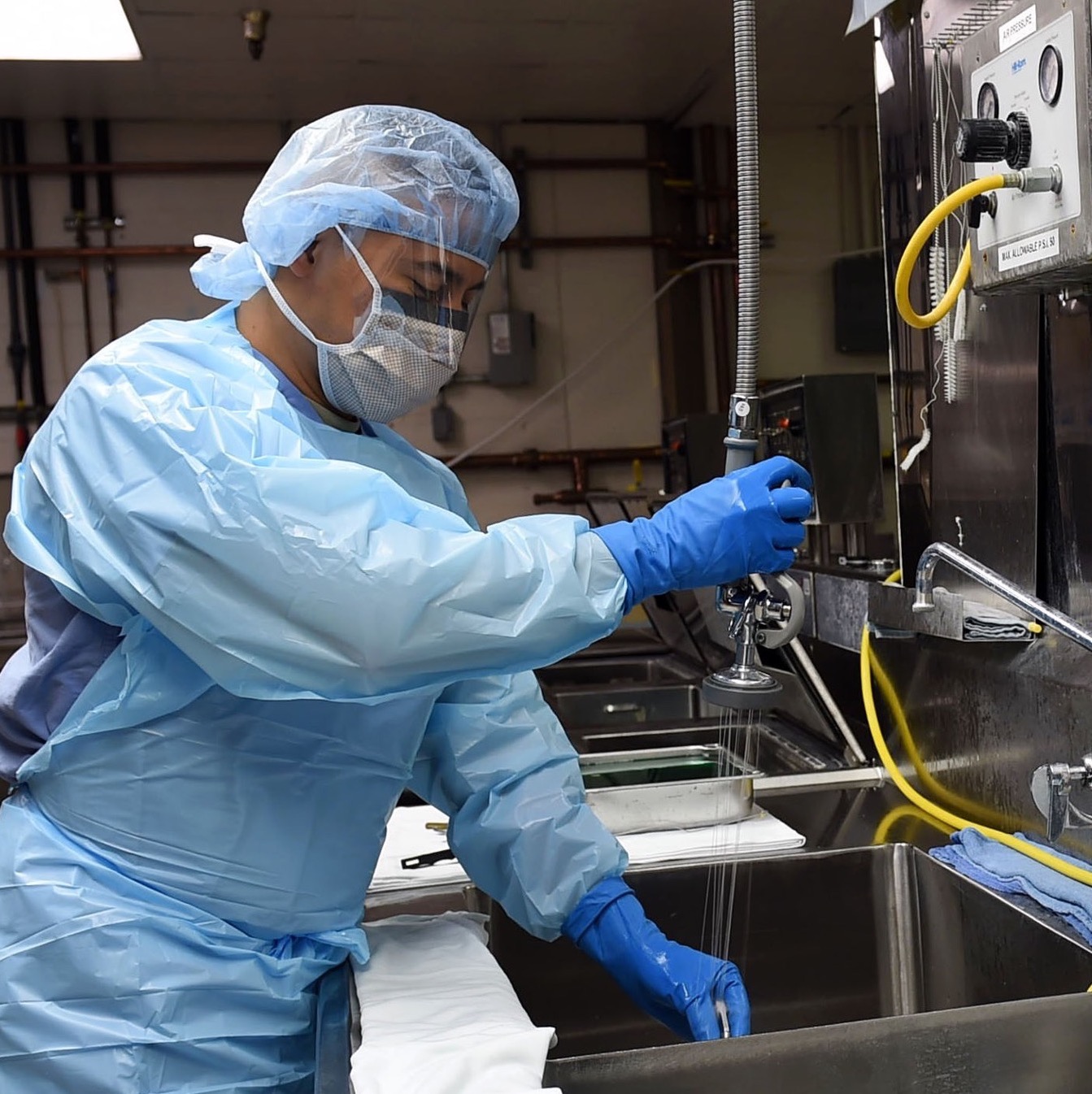
What you should wash frequently
While it is obvious that used medical devices and all surgical devices should be cleaned after each use, what comes next? How frequently should one clean the sink in decontam or the ultrasonic bath or even the cart washer? This was a big discussion several years ago when time and efficiency were considered before the consequences of breaches in infection prevention. High traffic surfaces, and environmental cleaning in healthcare facilities certainly require sanitation and some elbow grease. One would assume that the decontamination area should be cleaned more frequently than the clean areas in SPD.
What must you wash after each use
While there’s no hard and fast rule for how many times you can wear clothing again without washing, nonetheless experts agree that there are a few types that should be washed after every use, these include: underwear, socks, and activewear. Basically, any item of clothing that contacts the sweaty parts of the body should be washed after one wearing. Sound familiar? We have to apply this same rule to reusable medical devices, one use and then a complete decontamination followed by sterilization or disinfection.
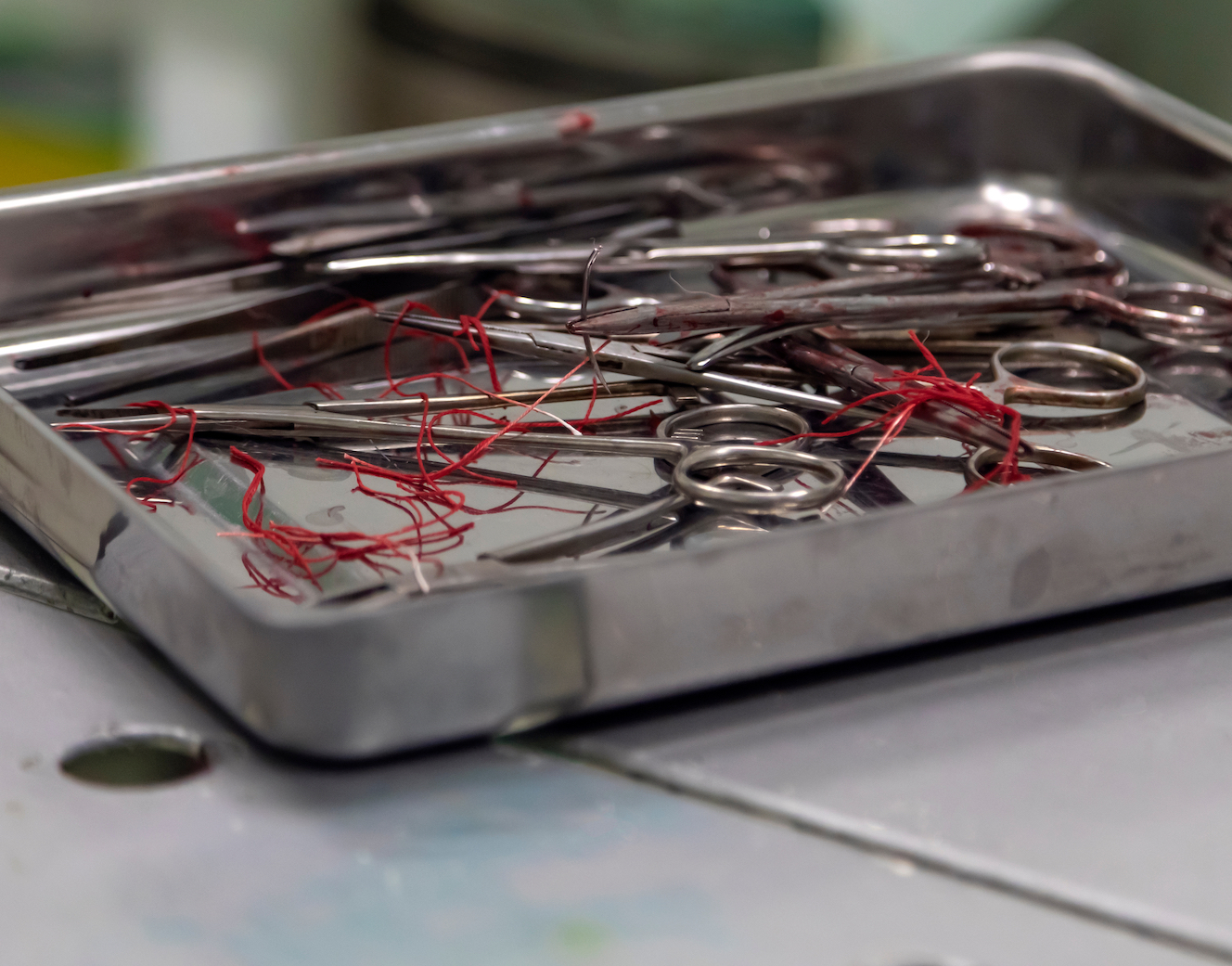
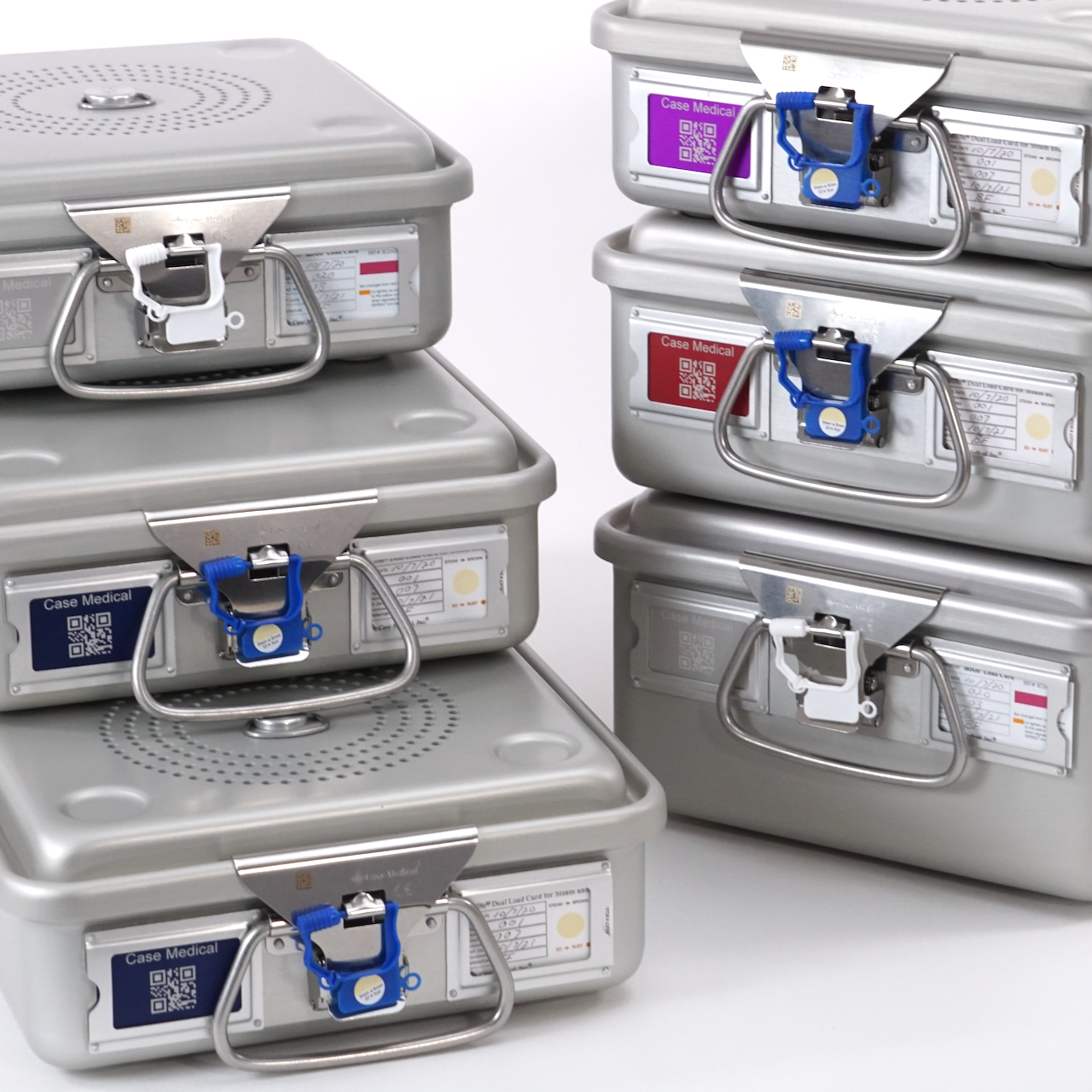
How often should a sealed container be decontaminated?
Now let’s think this through and understand how, when, and why a rigid, reusable sterilization container must be washed just as you would a “used” reusable medical device, when after all the container isn’t used for the procedure. Common sense says, decontamination is especially important for containers used to transport used (contaminated) devices from point of use in the OR to decontam. In this case, the container should be thoroughly cleaned and decontaminated upon arrival in SPD.
However, some facilities may use a dedicated transport case for soiled devices after a procedure and return the clean “uncontaminated” sterilization container to SPD. While the interior of the container may remain free of soil and bioburden, the outside of the container may touch upon some pretty unsavory places as it travels through the facility. This is where a wipe down with a pH neutral multi-enzymatic detergent wipe like PentaWipe® (not an environmental wipe formulated with caustic chemicals), plus a quick rinse might just be the right method for the job.
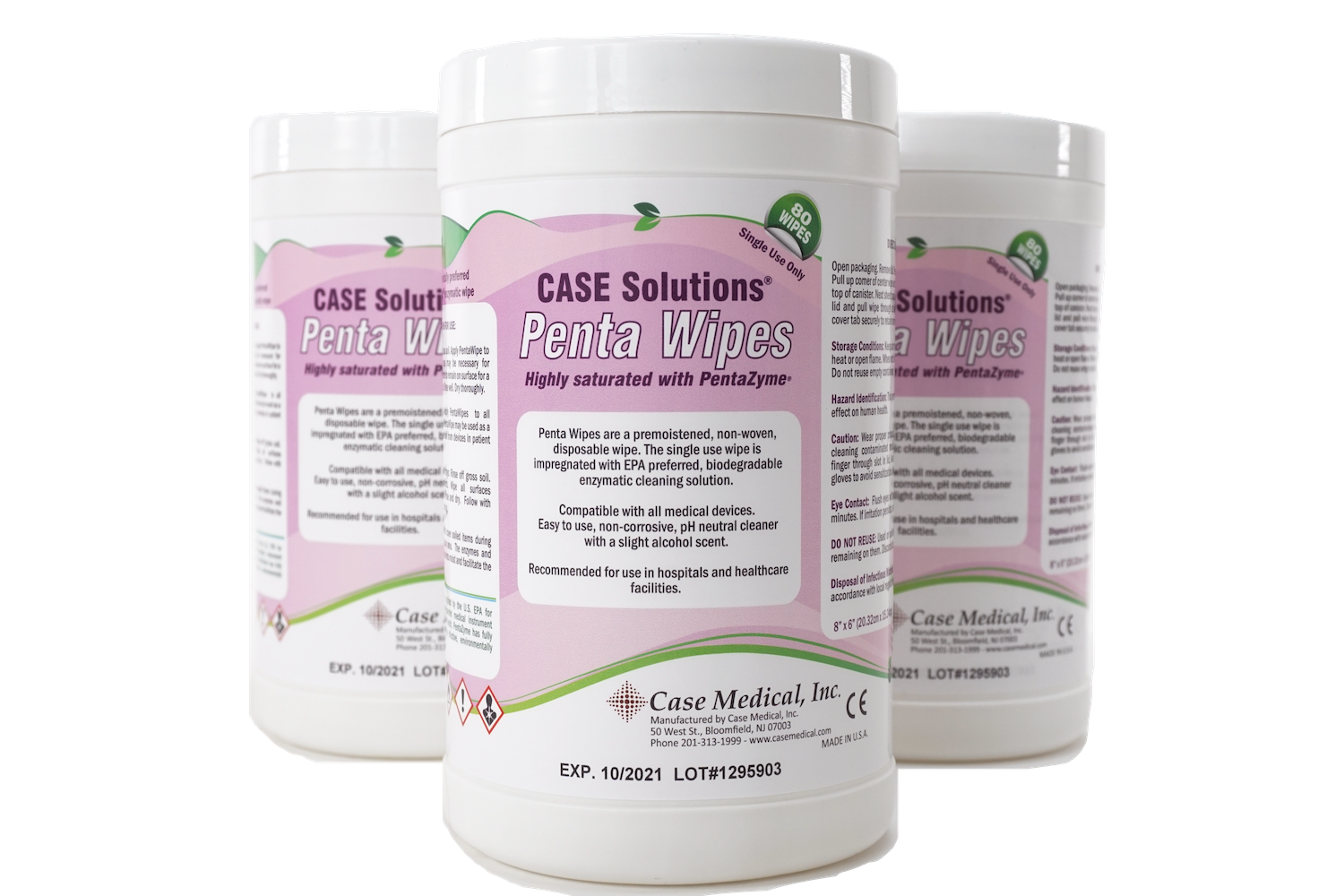
And don't forget to register for our next educational webinar on reprocessing flexible endoscopes, one of the more challenging medical devices to clean. Register now for the updated program with 1 free CE.
Best Practices for Processing Flexible Endoscopes
Feb 16, 2023 11:00 AM Eastern Time
Visit us at www.casemed.com to learn more about our products and how they can help your facility lighten its impact on the environment for the good of us all.
Marcia Frieze and the Case Medical team


